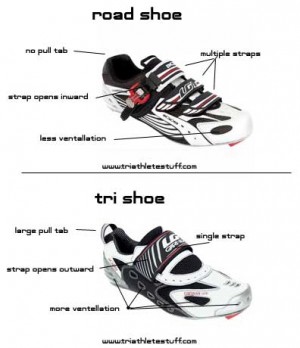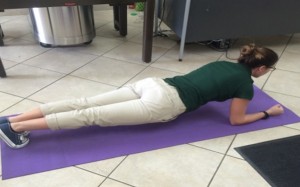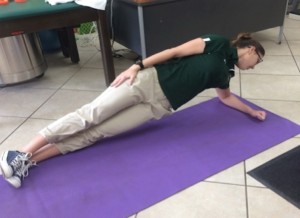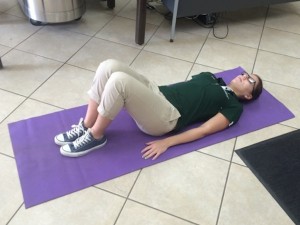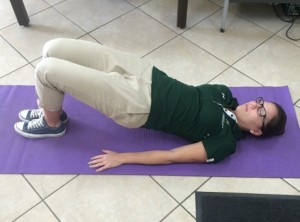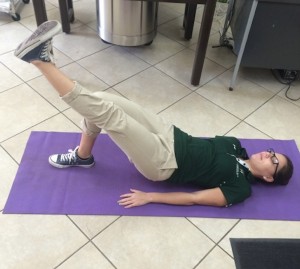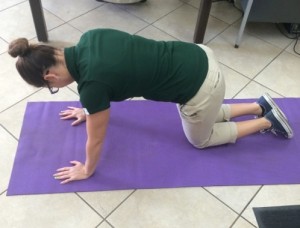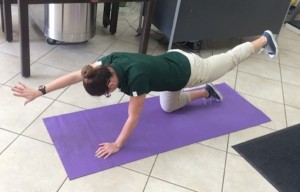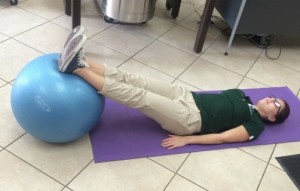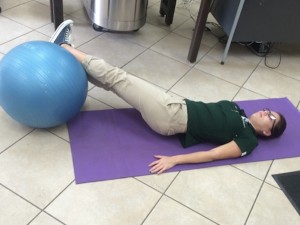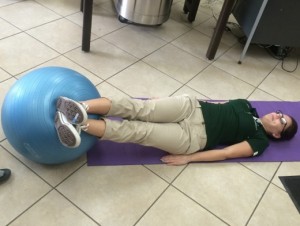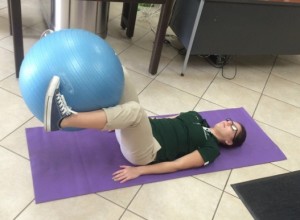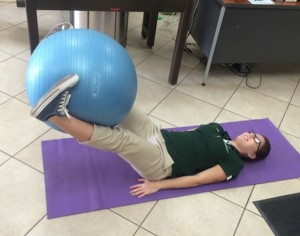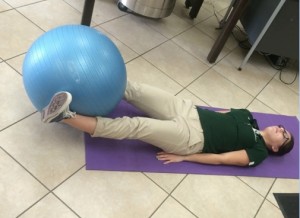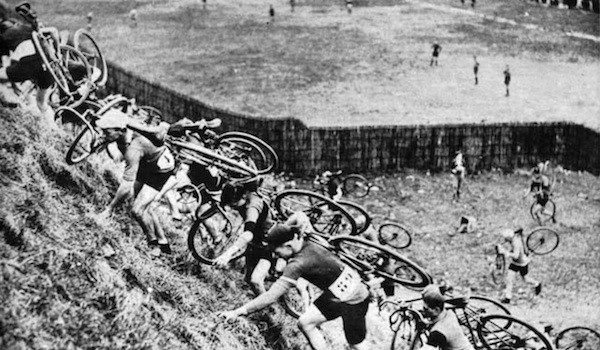 What is Cyclocross?
What is Cyclocross?
Cyclocross is a discipline within cycling that is a crossover of mountain biking and road biking. Back in the day in colder climates, riders needed a way to keep riding their bike through the winter months. A standard road ride was too long and cold. A mountain bike ride could have snow and other inconvenient factors along with being too long as well. They needed a way to ride that limited their time in the cold as well as was hard enough to keep them warm. The answer was cyclocross. Cyclocross is a cycling discipline that is ridden on a short, technical course of pavement, grass, dirt, mud, sand, and snow which includes features such as barriers and run-ups which force riders to dismount their bike.
What Races Consist Of
The main discipline within cyclocross is ‘cross racing. Races are thirty to sixty minutes in length, depending upon your category, and are raced on a taped off course that is about two to four kilometers long, or about five to fifteen minutes per lap.
Races typically start out on a long opening straight of pavement or dirt, and then take a turn to pretty much anything. The surface is always changing and is often very technical with turns. Races, a lot of the time, are run in parks so they take advantage of whatever features are around and can be utilized. Things like steep hills, stairs, sand volleyball courts, and off-camber sections are used a lot to create a difficult course for you to ride a bike on, let alone race. To top these features off, wooden barriers are used to force you off your bike, unless you’re a real savvy bike rider and can bunny hop them. Also, super steep sections are often placed on the course so you have to dismount and run up them.
If you’re not already a good bike handler, the technical nature of ‘cross racing will definitely make you better. Along with being a good bike handler, the races require you to go really hard for a short amount of time so you have to be able to ride your bike well while at your physical limit.
What Kind of Bike is Used
A special bike is ridden that is a “cross” between a mountain bike and a road bike. The bike more closely resembles that of a road bike but with mountain influences. The first thing that is different from a road bike is that the tires are bigger but smaller than mountain. The tires are also knobby to give traction through the corners and up hills. To allow the wider tires, the frame has a larger fork along with a wider rear end of the bike. The clearance not only allows the tires to fit but also creates room for mud to accumulate without bogging down your wheels.
The brakes are also a bit different to allow the larger tires along with having the option of disc brakes like a mountain bike. Aside from those minor differences, everything else is the same as a road bike; the shifters, the derailleurs, except for the gearing. A bit smaller gears are used as the speeds are slower than down an open road. A ‘cross bike for racing is also a great tool that can be ridden on gentle trails, dirt roads, and in some snowy conditions making it a great all around bike to ride.
The Culture
Just like any other sport, cyclocross has its own niche culture. It’s not road and it’s not quite mountain. ‘Cross culture has a bit of the seriousness of road with the laid back atmosphere of mountain. Riders can take their training, racing, as well as equipment very seriously but at the same time they’ll have a few bottles of Belgian beer to heckle the other racers as well as to enjoy after their race with friends.
‘Cross culture in Europe, particularly in Belgium where pro riders are celebrities and races are watched by thousands, is another level of craziness. Courses are more challenging and the support riders receive is unmatched but North American ‘cross races have their own awesome culture that gets riders hooked from their first weekend of racing.
Cyclocross is growing tremendously all over the world and for good reason. Because of how awesome it is. Just riding the courses are a lot of fun and racing adds another level of fun to it. That along with the ‘cross culture creates an appealing sport not only for those who ride road or mountain but anyone in general. ‘Cross is a great way to get into the sport of cycling. Although a ‘cross bike is best for a ‘cross race, a mountain bike can still suffice. A road bike will not however. And as you get hooked you can easily make the switch to a ‘cross bike. Cyclocross is not only quite the sport within cycling but quite the sport in general. Get hooked now otherwise when you do in the future, you’ll have wished you did before.
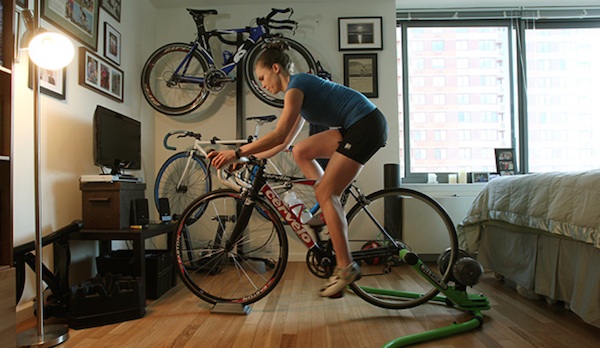 The best part of picking up biking either as a sport or as exercise is that you can bike outdoors and indoors. By buying a nice indoor cycling stand you can get in the training you need while avoiding extreme weather, tending to a child at home, watching TV, or simply enjoying the great indoors. No matter what your reasoning is there are a few things you’ll want to keep in mind when you buy an indoor cycling stand.
The best part of picking up biking either as a sport or as exercise is that you can bike outdoors and indoors. By buying a nice indoor cycling stand you can get in the training you need while avoiding extreme weather, tending to a child at home, watching TV, or simply enjoying the great indoors. No matter what your reasoning is there are a few things you’ll want to keep in mind when you buy an indoor cycling stand.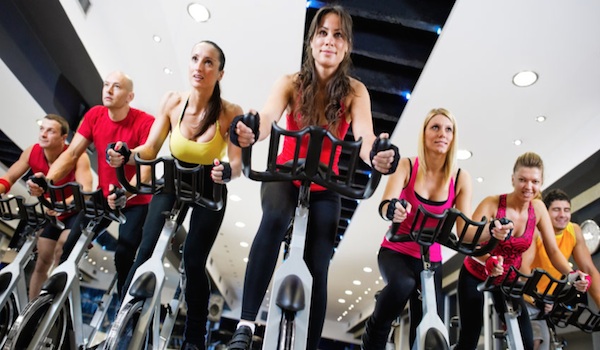 Indoor cycling, often referred to as spinning, is a worldwide exercise phenomenon. Today it is one of the most popular group classes in fitness clubs and gyms around the world, attracting millions of people each year. Indoor cycling is a favorite of many fitness gurus and outdoor cyclists who use it to stay in shape during the off-season, too.
Indoor cycling, often referred to as spinning, is a worldwide exercise phenomenon. Today it is one of the most popular group classes in fitness clubs and gyms around the world, attracting millions of people each year. Indoor cycling is a favorite of many fitness gurus and outdoor cyclists who use it to stay in shape during the off-season, too.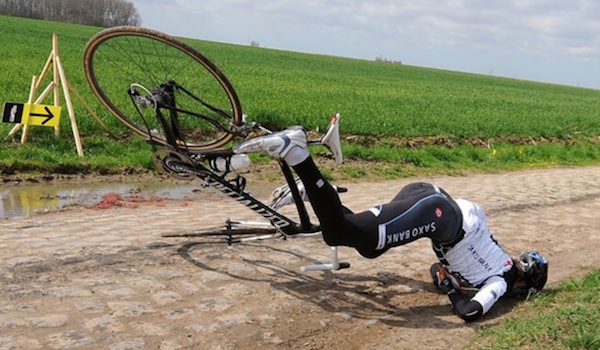 Whether you are a five year old kid learning to ride a bike or a Tour de France veteran, bike riding involves risk and how we handle that risk is what keeps us coming back for more or taking up another sport entirely. Risk, in the simplest sense, is how likely a bad outcome is to happen. Some aspects of bike riding, such as downhill mountain biking, bring a high level of risk but it’s that high level of risk that creates the thrill, rush, and fun. It can have a price though and for some, it’s a risk worth taking. For other aspects of riding, such as road riding, the level of risk can still be high but steps can be taken to lower that level of risk. Another element of risk in cycling is how comfortable you are in the same risky situation. As your riding improves, not only will you be a better bike handler but you will also be more comfortable being in those risky situations as you know you have the skills to avoid crashing.
Whether you are a five year old kid learning to ride a bike or a Tour de France veteran, bike riding involves risk and how we handle that risk is what keeps us coming back for more or taking up another sport entirely. Risk, in the simplest sense, is how likely a bad outcome is to happen. Some aspects of bike riding, such as downhill mountain biking, bring a high level of risk but it’s that high level of risk that creates the thrill, rush, and fun. It can have a price though and for some, it’s a risk worth taking. For other aspects of riding, such as road riding, the level of risk can still be high but steps can be taken to lower that level of risk. Another element of risk in cycling is how comfortable you are in the same risky situation. As your riding improves, not only will you be a better bike handler but you will also be more comfortable being in those risky situations as you know you have the skills to avoid crashing. As rides start to get longer and longer, stops mid-way for food and water are going to become more frequent as well as important. The coffee shop is a great place to stop for a while and have great conversation over a few brews but during training rides you want to be in, out, and on your way in a timely manner. You also want to get what you need to fuel properly for the remainder of the ride. Knowing what you want to eat and drink prior to going into a store will help prevent you from milling around looking at every possibility which we’ve all done before, especially if we’re already a bit depleted from the ride.
As rides start to get longer and longer, stops mid-way for food and water are going to become more frequent as well as important. The coffee shop is a great place to stop for a while and have great conversation over a few brews but during training rides you want to be in, out, and on your way in a timely manner. You also want to get what you need to fuel properly for the remainder of the ride. Knowing what you want to eat and drink prior to going into a store will help prevent you from milling around looking at every possibility which we’ve all done before, especially if we’re already a bit depleted from the ride.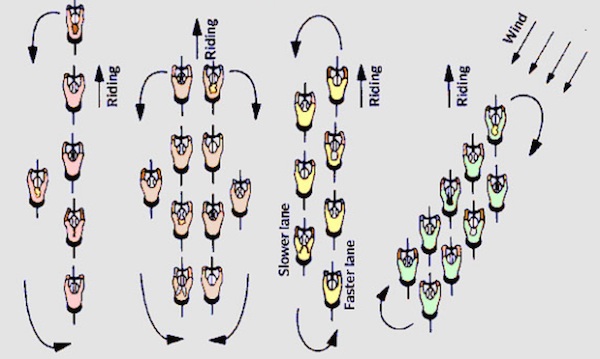 Riding in a group can bring a lot of benefits that you can’t get while riding on your own. A paceline is how a group of riders rotate through trading spots riding the front in the wind. Riding in this way is the fastest and the most efficient way down the road. However, knowing how to ride in a paceline is imperative as if you can’t, you not only pose a risk to yourself but others as well due to the possibility of crashing. Riders in the group can also give you pointers as you get the feel for how things roll.
Riding in a group can bring a lot of benefits that you can’t get while riding on your own. A paceline is how a group of riders rotate through trading spots riding the front in the wind. Riding in this way is the fastest and the most efficient way down the road. However, knowing how to ride in a paceline is imperative as if you can’t, you not only pose a risk to yourself but others as well due to the possibility of crashing. Riders in the group can also give you pointers as you get the feel for how things roll.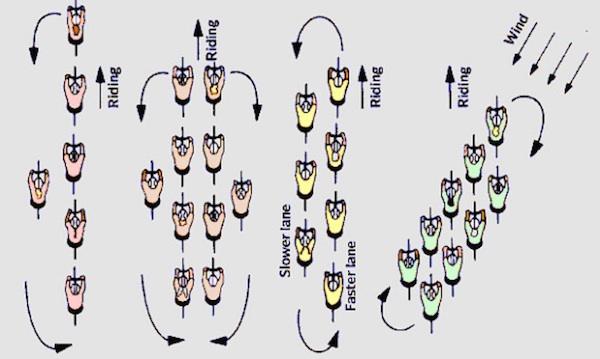 Two things that slow you down in cycling are uphill’s and wind. Some look to avoid them while others embrace them. Riding in the wind can be a drag but it’s going to happen so you should know how to get through it the most efficiently. The wind can also have some good benefits, one being that you can ride a lot faster than you otherwise could when it’s at your back. When you are in a group riding into a headwind you can actually get more of a draft behind the other riders allowing you to pedal with much less effort. A side wind can give you a real advantage if you know how to ride in it as the other riders that you’re with will have to pedal that much harder because they are poorly positioned. As with anything in cycling, the more you do it the better you’ll be at it.
Two things that slow you down in cycling are uphill’s and wind. Some look to avoid them while others embrace them. Riding in the wind can be a drag but it’s going to happen so you should know how to get through it the most efficiently. The wind can also have some good benefits, one being that you can ride a lot faster than you otherwise could when it’s at your back. When you are in a group riding into a headwind you can actually get more of a draft behind the other riders allowing you to pedal with much less effort. A side wind can give you a real advantage if you know how to ride in it as the other riders that you’re with will have to pedal that much harder because they are poorly positioned. As with anything in cycling, the more you do it the better you’ll be at it.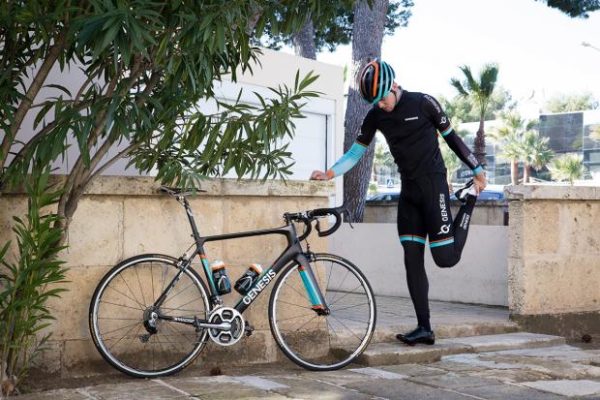
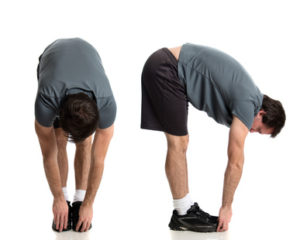
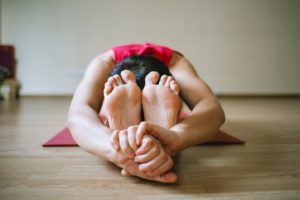 Legs & Back
Legs & Back